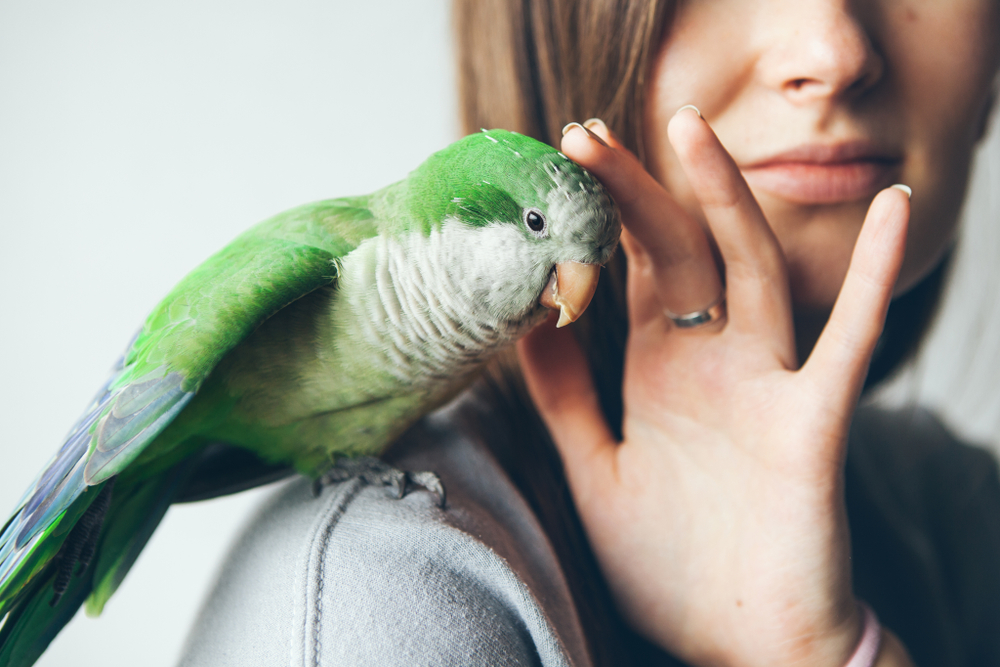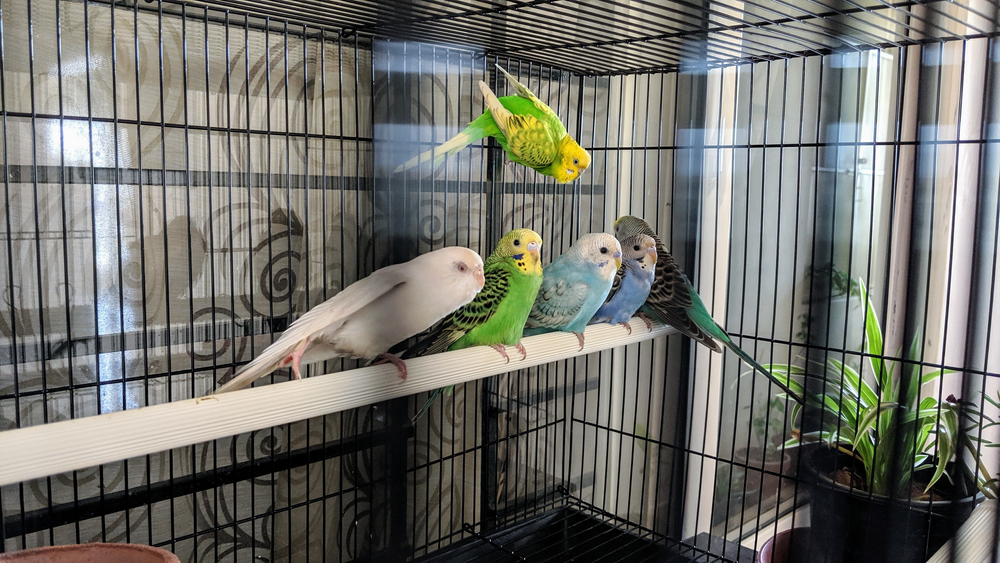’Tis the season when humans begin adding layers of clothing, sitting around bonfires, drinking warm beverages, and cuddling beneath thick blankets. When the temperatures drop, humans do what they need to do to stay warm.
But how do our birds stay warm during cold weather? With a body temperature between 102 and 112 degrees Fahrenheit, your bird not only has to work harder to maintain its temperature, but your feathered friend also chills faster when the room temperature drops.
If you’ve noticed your pet bird shivering and doing a lot more feather fluffing, take note. There’s a lot going on underneath that feathery coat.

Do birds feel cold?
You might be surprised to learn that despite all those feathers, birds do, in fact, feel the cold. As warm-blooded creatures, they can get frostbite, develop hypothermia, and even freeze to death.
Wild birds that do not migrate to warmer climates have learned to adapt to cold weather. They shiver to generate heat and tuck their heads under their wing to breathe in warmer air as they sleep. Some birds can even slow their heart rate and metabolism to conserve energy and body heat. They’ve even developed a unique countercurrent heat-exchange system in the legs and feet that lowers heat loss and prevents their bodies from becoming too cold.
Pet birds, even though they live inside, are susceptible to feeling cold, too. Although your bird was most likely bred in captivity, it probably came from a warm-weather climate. In fact, most house birds become susceptible to illness in environments cooler than 63 degrees Fahrenheit, which means it’s extra important to closely monitor the temperature near your bird’s living quarters.
How do birds survive the cold?
Cold-climate birds are genetically engineered for cold weather. They spend the latter part of the summer putting on a few extra pounds that insulate them during the winter months. Feathers play an important role, too. Preening keeps them clean and dry to help trap pockets of air around their bodies. Some bird species even have a special oil gland near the base of their feathers they can use during the preening process to keep their feathers waterproof.
Of course, our pet birds live in an entirely different environment. Since they depend on us to keep them safe and healthy, ask your veterinarian what high-energy foods are best to add to your bird’s diet during the winter months. Foods such as bananas, oats, root vegetables, eggs, butternut squash, and brown rice can help raise your bird’s body temperature by increasing his metabolism.
Also, make sure your indoor birds have plenty of toys. Much like exercise, the effort they exert during playtime will help increase metabolism and raise body temperature.

How do birds stay warm in the winter?
Birds that live outdoors share body heat by huddling together in shrubs and evergreen trees. Others seek protection inside tree cavities and nesting boxes.
We can help our pet birds keep warm in much the same way. Make sure their cages are properly insulated and protected from any drafts. If you own multiple birds, try keeping compatible species together in the same cage so they can roost together. (Make sure your cage is big enough to adequately accommodate them.)
For birds that live outside, such as lovebirds, finches, or budgies, consider investing in a heat lamp or thermal perch. You can also increase warmth in their pens or cages by adopting a deep-litter philosophy during the winter. Instead of replacing litter each time you clean, add a layer to the existing litter throughout the season to trap heat emitted from the underlying excrement.
House birds might also appreciate access to a cage tent they can snuggle inside whenever they feel a chill. And if you don’t already, consider covering your bird’s cage at night with an insulated cover. This will help keep heat inside during sleeping hours.
Whether they visit your backyard or are a loving part of your family, keeping company with birds can improve your quality of life. From boosting morale and reducing stress and anxiety, these feathery little creatures provide lifelong companionship. Wild or domesticated, it benefits you both to make sure they have the food and shelter they need to survive the winter.
Editors' Recommendations
- 3 reasons not to give pet rabbits, baby chicks, or ducks this Easter
- Why do birds lose their feathers? Here’s when to worry
- Wondering what to feed baby birds? Here are 5 things you should never offer them
- Can you keep seahorses as pets in your home aquarium?
- Certain colors may scare your bird – these are the ones to avoid



